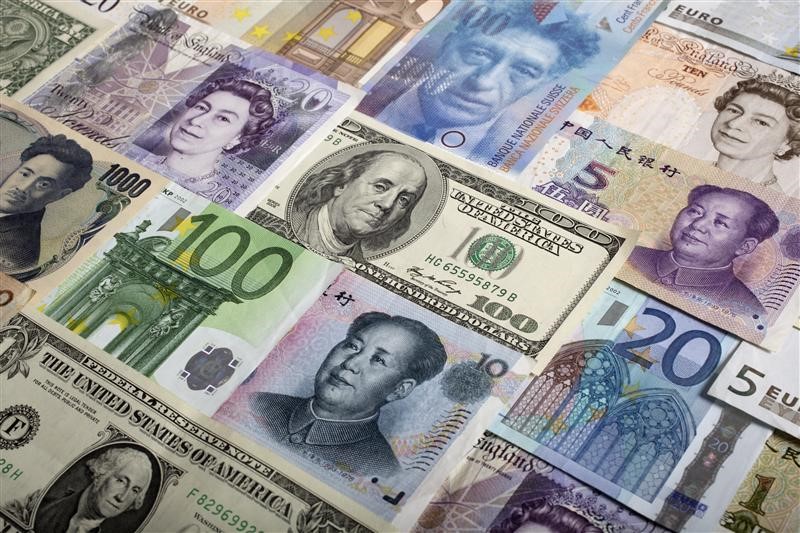SYDNEY, Jan 27 (Reuters) - The Australian and New Zealand dollars were again challenging chart resistance on Wednesday as their U.S. counterpart waned and domestic data extended their recent habit of surprising on the upside.
The Aussie firmed to $0.7740 AUD=D3 , having bounced from strong support in the $0.7660/70 area overnight. It still faces resistance layered from $0.7785 to $0.7805 and $0.7820.
The kiwi dollar had rallied to $0.7230 NZD=D3 and away from support at $0.7170. Resistance lies at $0.7240/50 and the recent peak of $0.7314.
"It needs to clear $0.7240 to signal the upward trend is continuing, with $0.7325 an initial multi-week target," said Westpac's head of NZ market strategy, Imre Speizer.
"We retain a bullish medium-term outlook for NZD/USD, targeting 0.7500 by April," Speizer said. "The main drivers are expected to be elevated global risk sentiment and an outperforming NZ economy."
The U.S. dollar was hampered by expectations the Federal Reserve would stick with its ultra-easy policy at a meeting later on Wednesday and play down the need for tightening anytime soon.
At home, Australian consumer price data surprised to the upside with a rise of 0.9% in the December quarter, though much of that was due to government taxes and subsidies rather than demand-driven costs.
Underlying inflation rose just 0.4% in the quarter to keep the annual rate at a record low of 1.2%, still well short of the Reserve Bank of Australia's (RBA) target band of 2-3%.
The central bank holds its first policy meeting of the year next week and CBA senior economist Kristina Clifton expects it will again forecast that core inflation will remain below its target, at least until mid-2022.
"Such a profile will support an extension of their bond buying program," she added. "We expect the RBA to commit to buying a further $A100 billion of government bonds when the current program expires (in April)."
"We expect that to be announced either at the March or April Board meeting, not at the February meeting next week," she said.
Were the RBA to taper its buying longer-term yields would likely rise sharply and push the Aussie yet higher.
So far, 10-year yields AU10YT=RR have moved up to 1.05% in line with U.S. yields to keep the spread around zero, but that would change should the RBA show any hint of reconsidering the program. (Editing by Gerry Doyle)
